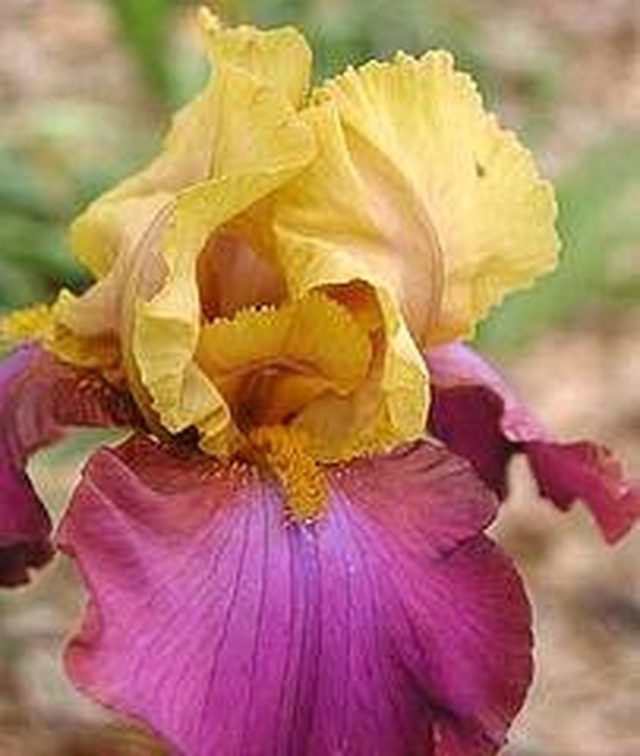Bulbs
Flower Basics
Flower Beds & Specialty Gardens
Flower Garden
Garden Furniture
Garden Gnomes
Garden Seeds
Garden Sheds
Garden Statues
Garden Tools & Supplies
Gardening Basics
Green & Organic
Groundcovers & Vines
Growing Annuals
Growing Basil
Growing Beans
Growing Berries
Growing Blueberries
Growing Cactus
Growing Corn
Growing Cotton
Growing Edibles
Growing Flowers
Growing Garlic
Growing Grapes
Growing Grass
Growing Herbs
Growing Jasmine
Growing Mint
Growing Mushrooms
Orchids
Growing Peanuts
Growing Perennials
Growing Plants
Growing Rosemary
Growing Roses
Growing Strawberries
Growing Sunflowers
Growing Thyme
Growing Tomatoes
Growing Tulips
Growing Vegetables
Herb Basics
Herb Garden
Indoor Growing
Landscaping Basics
Landscaping Patios
Landscaping Plants
Landscaping Shrubs
Landscaping Trees
Landscaping Walks & Pathways
Lawn Basics
Lawn Maintenance
Lawn Mowers
Lawn Ornaments
Lawn Planting
Lawn Tools
Outdoor Growing
Overall Landscape Planning
Pests, Weeds & Problems
Plant Basics
Rock Garden
Rose Garden
Shrubs
Soil
Specialty Gardens
Trees
Vegetable Garden
Yard Maintenance
How to Care for Bearded Irises
How to Care for Bearded Irises. Bearded irises are perennials which grow in zones 3 to 9 in an uncanny range of colors. Irises are one of the few flowers to come in a true black, and yet there are also delicate white and stunning orange varieties. The "bearded" portion of their name comes from the fuzzy fringe between the upright standards and the...

Bearded irises are perennials which grow in zones 3 to 9 in an uncanny range of colors. Irises are one of the few flowers to come in a true black, and yet there are also delicate white and stunning orange varieties. The "bearded" portion of their name comes from the fuzzy fringe between the upright standards and the aptly named "falls." Each element can be a different color, and breeders have been happy to exploit this fact. And yet, with all the complexity of the color choices, their care is truly simple--once you learn their quirks.
Things You'll Need
Bearded iris rhizomes
Low-nitrogen fertilizer
Plant in well-drained soil in full sun--at least six hours a day.
Space irises 16 to 18 inches apart, or 8 to 10 inches apart for dwarf varieties.
Leave the central rhizome at ground level and cover the surrounding roots. Water irises at least 1 inch per week until they are well established and during hot spells thereafter.
Deadhead spent blossoms and cut stalks after blooming.
Use low-nitrogen fertilizer intended to boost blooms and roots (e.g., 5-10-10). Avoid compost unless it is carefully dug into the soil. Do not let anything cover the rhizome.
Divide in late summer. Use a knife to cut the rhizomes cleanly.
Remove any remaining leaves in late fall in order to avoid providing shelter for pests such as slugs. Other common pests are aphids and thrips which can be controlled with the use of insecticidal spray. Use b.t. (bacillus thurgingiensis) to control leaf-chewing caterpillars.
Tips & Warnings
Cover rhizomes lightly in winter in colder zones without snow cover.